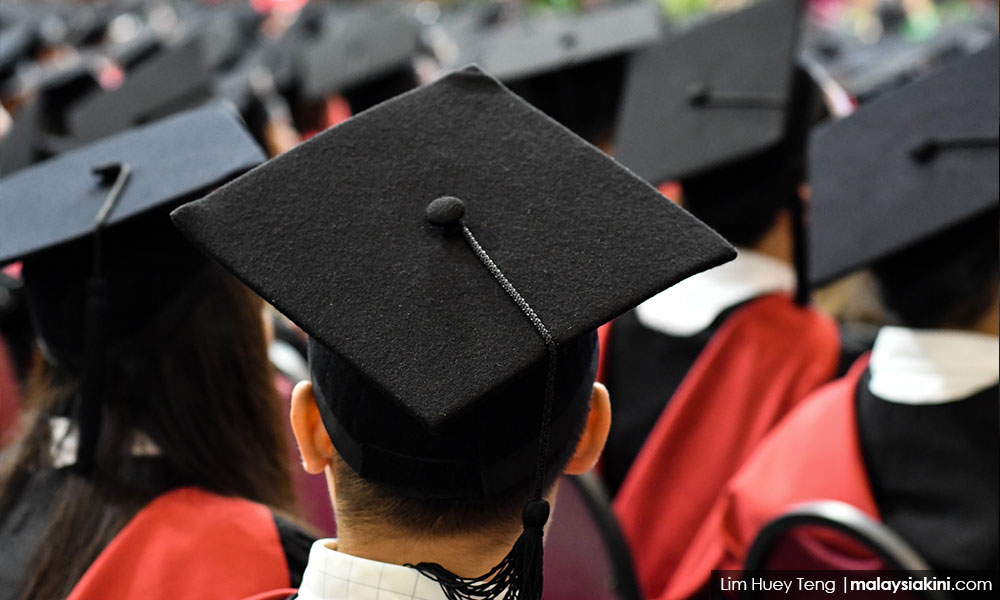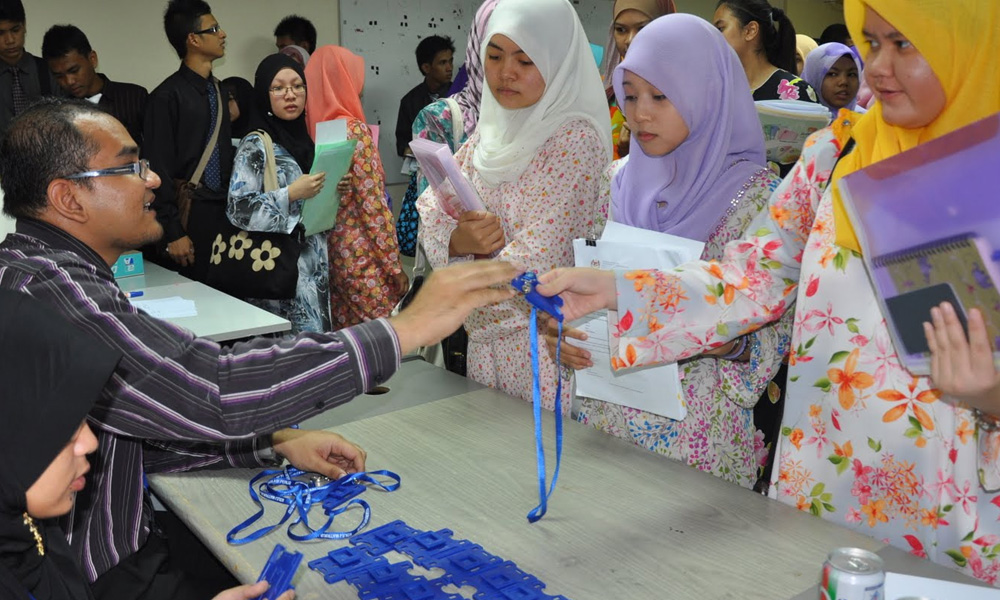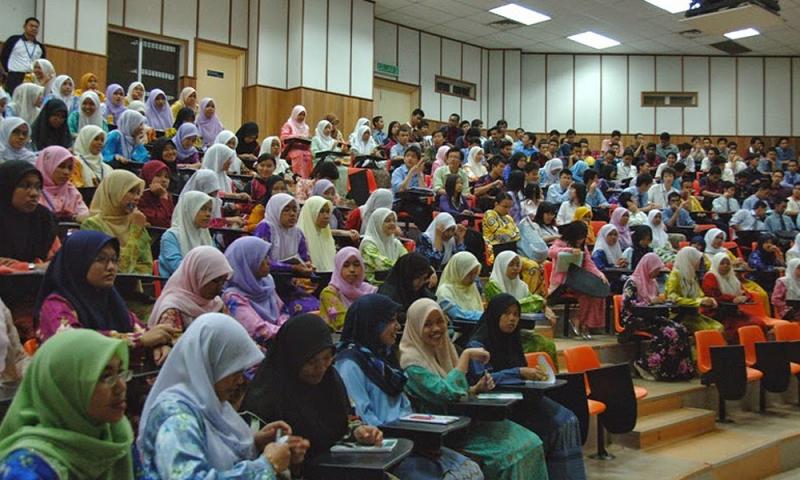Everybody a loser with the extra 15,000 matriculation places
ADUN SPEAKS | Last week, it was announced that the government had increased the number of matriculation places from 25,000 to 40,000 a year.
This was touted to be the win-win situation for everybody by Education Minister Maszlee Malik, with an increased number for every group that has asked for more places.
Malays, Indians and Chinese are expected to be grateful for the higher intake.
A place in the matriculation programme is highly prized and fiercely fought for. It is viewed as a near-guaranteed ticket for a place in university. It is less stressful compared to the STPM, where the chances of getting a place in popular courses are probably many times lower.
However, with the sudden increase of 60 percent more matriculation places, but no new extra university places provided yet, everybody becomes a loser with much tougher competition.
Matriculation alone is useless unless it leads to a desired university place. At the moment, there is no decision yet that there will be increased university places. It is a zero-sum game.
A student’s success in getting a university place can only come at the expense of another's anguish.
The first group to lose out will be matriculation students themselves. Things will not be as assured as before. Now there are 40,000 people similarly special and privileged, and equally advantaged. The competition has increased by 60 percent overnight, whichever group you are in.
The second group to lose out are STPM students. With the “better” students selected for matriculation programmes, and the government diverting teachers and resources away, STPM students' chances of getting into a popular course, like medicine or engineering are bound to suffer a massive drop of at least 60 percent, possibly as much as 90 percent.
With 15,000 fewer students, STPM classes will have fewer number of students and some may be forced to close. Teachers and students will end up demoralised and disenchanted.

More students may opt out and enrol in other programmes like the A-Levels instead. STPM will end up being the poorest cousin of our education system.
Third, universities will be forced to accommodate the extra 15,000 matriculation students who are assumed to be pre-selected to get into universities. After all, they have already been screened for different treatment. There will be tremendous resentment if they cannot get the places they want, as most of their classmates would be successful.
Increasing the number of university places is not practical or realistic. Universities already face cutbacks on their budgets. The budget for Universiti Malaya was RM445 million in 2018, but only RM405 million in 2019.
We also have too many unemployed graduates already, including doctors and lawyers. Producing more of them without better standards do not help anybody.
Lastly, the country and the taxpayers will suffer. The budget for post-secondary school education was RM418 million in 2017, RM444 million in 2018 and RM395 million in 2019.
If the cost of matriculation is about RM15,000 per student, the government would need to spend hundreds of millions of ringgits more.

It is unbelievably illogical for our cash-strapped government to invest that amount of money for our best students to go for matriculation, with education standards, at best, the same or likely lower than STPM, and no extra university graduates to show at the end.
However politically convenient it seems at the moment, every group that the government tried to please will end up being very angry instead. The angriest will be the students and parents of those left out from the “enlarged” pie.
Worst still, it will be impossible and political suicide to reverse the policy and reduce the number back to 25,000 after that.
The government is more likely to gain goodwill if it were to spend the additional cost of the 15,000 students, estimated to be RM200 million, on scholarships and assistance for B40 university students. It is enough to help 10,000 university students with scholarships of RM20,000, or 100,000 B40 students with a living allowance of RM2,000 a year.
The support for this is likely to be across the board regardless of race. The root of the problem started when many top STPM students failed to get into the university of their choice. That created the demand and pressure for more matriculation intake for top SPM students instead.
The government can make a policy that all top STPM students will be given a place in a public university, or a scholarship to study an equivalent course in a local private university. It is a far easier solution to the problem – there is no need to set up additional matriculation centres, and create more university places.
In summary, matriculation was not meant to be a universal programme for everybody. Enlarging the scope without taking in everybody makes it unfair to those excluded and marginalised.
The attention should be to help everybody in need and award the top achievers in both groups, as they will become the driving force of our country’s future.
KO CHUNG SEN is the state assemblyperson for Kepayang.
The views expressed here are those of the author/contributor and do not necessarily represent the views of Malaysiakini.
RM12.50 / month
- Unlimited access to award-winning journalism
- Comment and share your opinions on all our articles
- Gift interesting stories to your friends
- Tax deductable
